
Introduction
In the ever-evolving world of digital marketing, search engine optimization (SEO) plays a crucial role in driving organic traffic and improving online visibility. While on-page and off-page optimization strategies are well-known, Technical SEO is a hidden gem that can significantly impact a website’s performance and search visibility. For digital marketing agencies seeking to provide comprehensive SEO solutions, mastering the intricacies of technical SEO is essential. In this article, we will explore the depths of technical SEO, empowering digital marketing agencies to unlock the full potential of their clients’ websites for enhanced performance and search visibility.
- Understanding Technical SEO: Technical SEO focuses on the backend elements of a website that affect its crawling, indexing, and overall performance in search engines. It involves optimizing various technical aspects, including website structure, code, site speed, mobile-friendliness, URL structure, XML sitemaps, and more. By addressing these technical factors, digital marketing agencies can ensure that search engines can efficiently crawl and index the website, leading to improved search visibility.
- Enhancing Website Speed and Performance: Website speed is a critical factor in both user experience and search engine rankings. Digital marketing agencies should focus on optimizing website performance by minimizing code and script files, leveraging browser caching, compressing images, and reducing server response time. By ensuring a fast and responsive website, agencies can provide a seamless user experience and increase the chances of higher search rankings.
- Mobile-Friendly Optimization: Mobile-friendliness has become a vital aspect of SEO since the majority of online searches now come from mobile devices. Digital marketing agencies must ensure that their clients’ websites are optimized for mobile devices, offering a responsive design, easy navigation, and fast loading times. By catering to mobile users, agencies can capture a larger audience and improve search engine rankings, as search engines prioritize mobile-friendly websites.
- Site Structure and URL Optimization: A well-organized site structure and optimized URL structure contribute to better crawlability and user experience. Digital marketing agencies should focus on creating a logical hierarchy of web pages, utilizing breadcrumbs, and optimizing URL structures with relevant keywords. By improving site structure and URLs, agencies can facilitate search engine crawling and provide users with intuitive navigation, ultimately improving search visibility.
- XML Sitemaps and Robots.txt Optimization: XML sitemaps and robots.txt files are crucial for guiding search engine crawlers and providing instructions on website indexing. Digital marketing agencies should generate XML sitemaps that include all relevant pages and ensure that robots.txt files are correctly configured to allow or disallow access to specific areas of the website. By optimizing these files, agencies can ensure search engines discover and index all important pages while excluding irrelevant or duplicate content.
- Schema Markup Implementation: Schema markup, also known as structured data, provides search engines with additional context about the content on a website. Digital marketing agencies should implement schema markup to enhance search engine visibility and enable rich snippets, such as star ratings, reviews, and product information, in search results. By incorporating schema markup, agencies can improve the visibility and click-through rates of their clients’ websites.
- Regular Auditing and Monitoring: Technical SEO requires ongoing auditing and monitoring to identify and resolve potential issues. Digital marketing agencies should conduct regular site audits using various tools to check for broken links, duplicate content, crawl errors, and other technical issues. By proactively monitoring and addressing technical SEO issues, agencies can maintain optimal website performance and search visibility.

What Does Technical SEO Involve?
Technical SEO involves the optimization of a website for search engines, as well as activities aimed at enhancing user experience.
Typical tasks associated with technical SEO encompass the following:
- Submitting your sitemap to Google.
- Establishing an SEO-friendly site structure.
- Enhancing your website’s speed.
- Ensuring your website is mobile-friendly.
- Identifying and resolving duplicate content issues.
- And much more.
In this article, you will gain insights into the basics and best practices for optimizing your website from a technical SEO perspective. Let’s explore further.
Why Is Technical SEO Crucial?
Technical SEO exerts a significant influence on a website’s performance in Google’s search results.
When pages on your website are not accessible to search engines, they remain absent from search rankings, regardless of the quality of your content. This can lead to a substantial loss of website traffic and potential revenue for your business.
Furthermore, the loading speed and mobile-friendliness of your website carry confirmed weight as ranking factors in Google’s algorithms.
If your web pages load slowly, users may become frustrated and exit your site, potentially signaling to Google that your website fails to provide a positive user experience. Consequently, your site’s ranking may suffer.
Understanding Crawling The initial step in technical SEO optimization involves ensuring that search engines can efficiently crawl your website.
Crawling constitutes a fundamental aspect of how search engines operate.
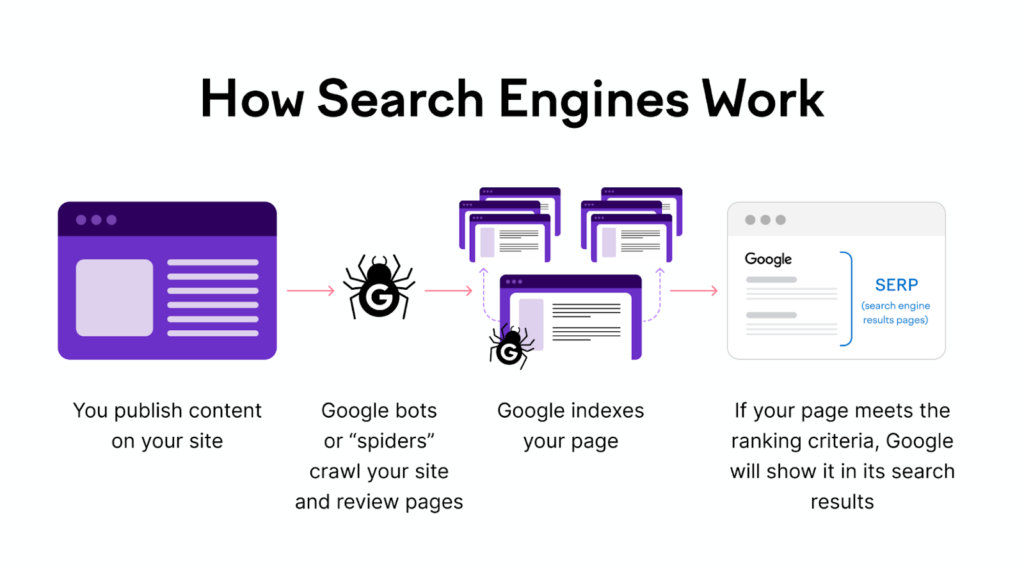
Crawling occurs when search engines track links on pages they are already aware of in order to locate previously unseen pages.
For instance, whenever we publish new blog posts, we include them in our blog archive page.
blog archive page Consequently, the next time a search engine, such as Google, scans our blog page, it identifies the newly added links to the latest blog posts.
This process serves as one of the methods through which Google identifies our new blog posts.
If you intend for your pages to appear in search results, the initial step involves ensuring their accessibility to search engines.
Establish an SEO-Optimized Site Layout Site layout, or site structure, refers to the manner in which pages are interconnected on your website.
An efficient site structure arranges pages in a manner that expedites the discovery of your website’s content by crawlers.
Therefore, when shaping your website’s structure, make certain that all pages can be reached within just a few clicks from your homepage.
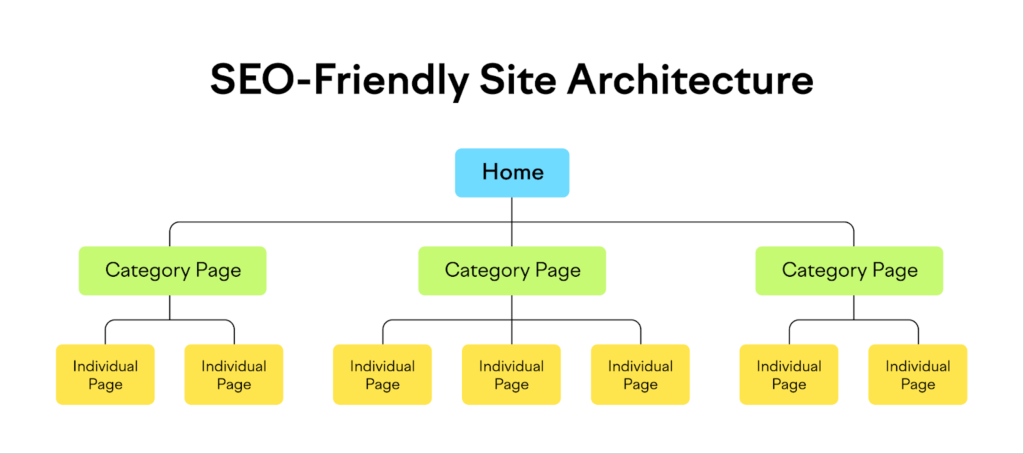
Submit Your Website’s Sitemap to Google
Utilizing a sitemap can facilitate Google’s discovery of your webpages.
Normally, a sitemap is presented as an XML file that compiles a catalog of significant pages on your website. It serves as a roadmap for search engines, informing them about the existence and whereabouts of your pages.
This becomes particularly crucial when your website boasts a considerable number of pages or when these pages are not intricately interconnected.
To present your sitemap to Google, access Google Search Console (GSC) and navigate to the ‘Indexing’ section, followed by ‘Sitemaps,’ using the sidebar.
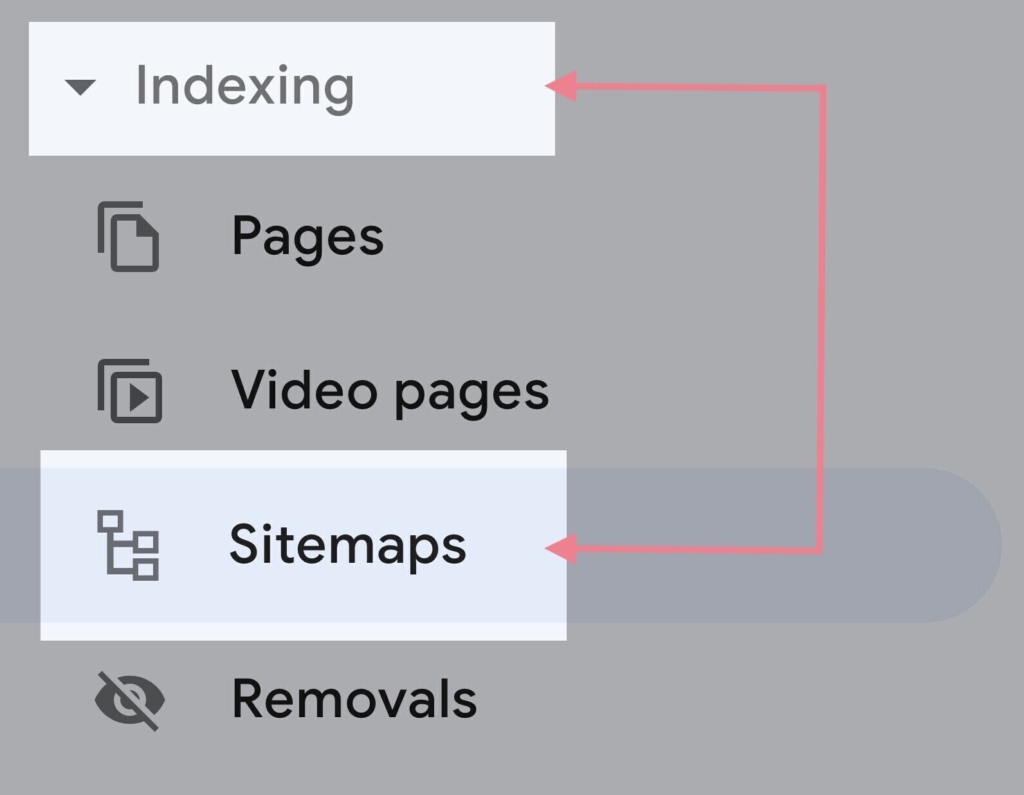
Technical SEO Best Practices Establishing an SEO-friendly site structure and submitting your sitemap to Google are important steps in getting your pages crawled and indexed.
However, to ensure your website is thoroughly optimized for technical SEO, it’s advisable to implement these additional best practices.
- Adopt HTTPS HTTPS is the secure version of HTTP.
It plays a crucial role in safeguarding sensitive user data, such as passwords and credit card information, from potential security breaches.
Furthermore, it has been recognized as a ranking factor since 2014.
You can easily check if your website utilizes HTTPS by visiting it.
Simply look for the “lock” icon in the address bar to verify its usage
2. Ensure Only One Website Version Is Accessible to Users and Crawlers
Users and web crawlers should have access to only one of these two versions of your website:
https://yourwebsite.com https://www.yourwebsite.com Having both versions accessible can lead to issues with duplicate content and diminish the effectiveness of your backlink profile. Some websites may link to the “www” version, while others may link to the “non-www” version, causing potential problems for your Google rankings.
To avoid these issues, choose and maintain one consistent version of your website, and set up redirects to direct the other version to your primary website.
- Enhance Your Page Speed Page speed significantly impacts your website’s ranking, both on mobile and desktop devices.
It’s essential to ensure that your site loads quickly. You can assess your website’s current speed using Google’s PageSpeed Insights tool, which provides a performance score ranging from 0 to 100. A higher score indicates better performance
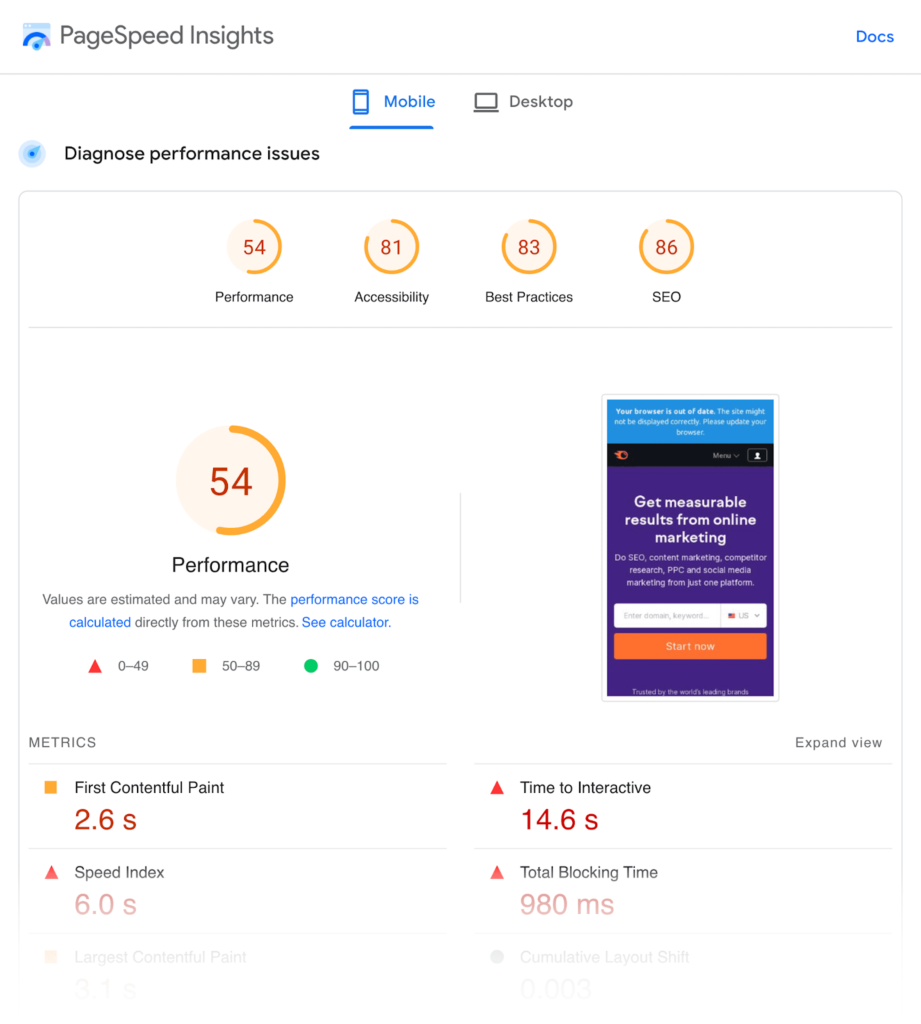
4. Verify Mobile Compatibility Google employs mobile-first indexing, which implies that it prioritizes the assessment of mobile versions of webpages when indexing and ranking content.
It is crucial to confirm that your website is fully compatible with mobile devices. To determine its mobile compatibility, access the “Mobile Usability” report within Google Search Console.
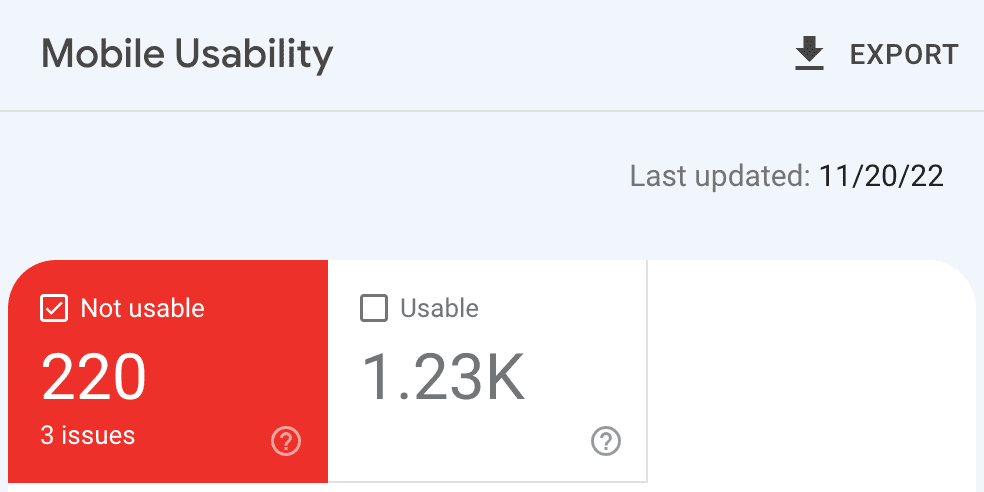
5. Apply Structured Data
Structured data aids Google in gaining a more profound comprehension of a page’s content.
By incorporating appropriate structured data markup code, your pages can qualify for rich snippets. Rich snippets enhance search results by presenting supplementary information beneath the title and description, making them more engaging.
6. Identify and Resolve Duplicate Content Problems
Duplicate content arises when you have identical or very similar content on multiple pages within your website.
7. Identify and Rectify Broken Pages
The presence of broken pages on your website can harm the overall user experience.
error 404 Furthermore, if these pages have backlinks, their potential value is lost since they lead to non-functional resources.
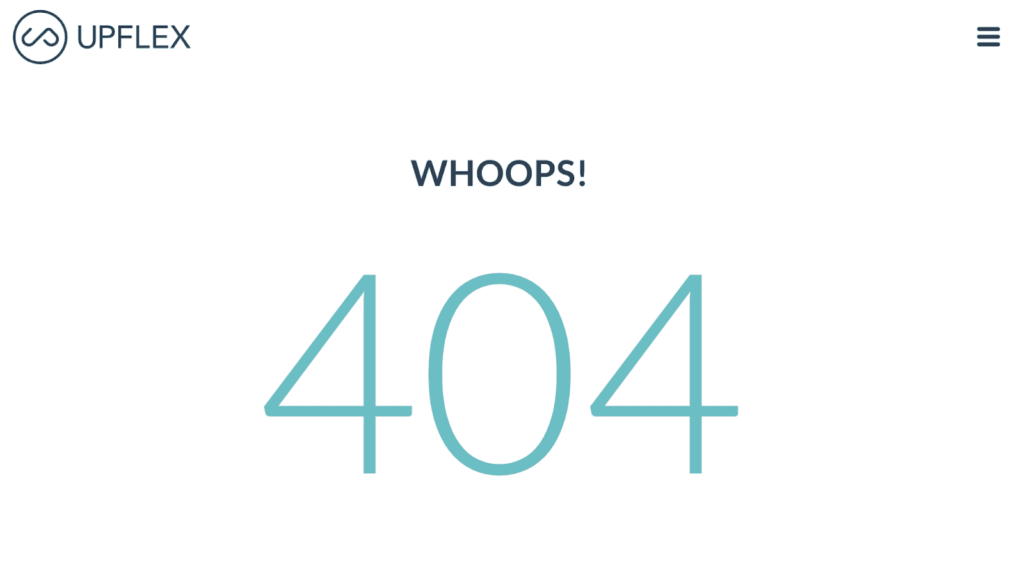
8. Enhance Core Web Vitals Performance Core Web Vitals represent speed metrics used by Google to assess user experience.
These metrics encompass:
- Largest Contentful Paint (LCP) – Measures the time taken for a webpage to load its largest element for a user.
- First Input Delay (FID) – Evaluates the time it takes to respond to a user’s initial interaction with a webpage.
- Cumulative Layout Shift (CLS) – Gauges the stability of layouts for various elements on a webpage.
To ensure your website is optimized for Core Web Vitals, your target scores should be:
- LCP: 2.5 seconds or less
- FID: 100 milliseconds or less
- CLS: 0.1 or lower
To assess your website’s performance against these metrics, access the Core Web Vitals report within Google Search Console. Visit the Core Web Vitals report in your Search Console.
9. Implement Hreflang Tags for Multilingual Content In case your website features content in multiple languages, it’s imperative to employ hreflang tags.
Hreflang tags are HTML attributes employed to indicate the language and geographical targeting of a webpage.
They aid Google in delivering language and country-specific variations of your pages to users.
10. Maintain Vigilance Over Technical SEO Challenges Technical SEO is an ongoing process; it’s not a one-time task. It’s probable that new issues will surface periodically.
This underscores the significance of consistently overseeing the health of your technical SEO and addressing problems promptly as they emerge.
Conclusion
Technical SEO is a critical component of comprehensive SEO strategies for digital marketing agencies. By diving into the depths of technical SEO and optimizing website performance, mobile-friendliness, site structure, URLs, XML sitemaps, schema markup, and more, agencies can unlock the full potential of their clients’ websites for enhanced search visibility. Remember to prioritize website speed and performance, optimize for mobile devices, structure the site and URLs effectively, utilize XML sitemaps and robots.txt files, implement schema markup, and conduct regular audits and monitoring. With technical SEO mastery, digital marketing agencies can navigate the complexities of the digital landscape and provide their clients with enhanced website performance and improved search visibility.
If you are lokking to one click here, 威而鋼 opener”>contact us here
Follow us on Instagram
